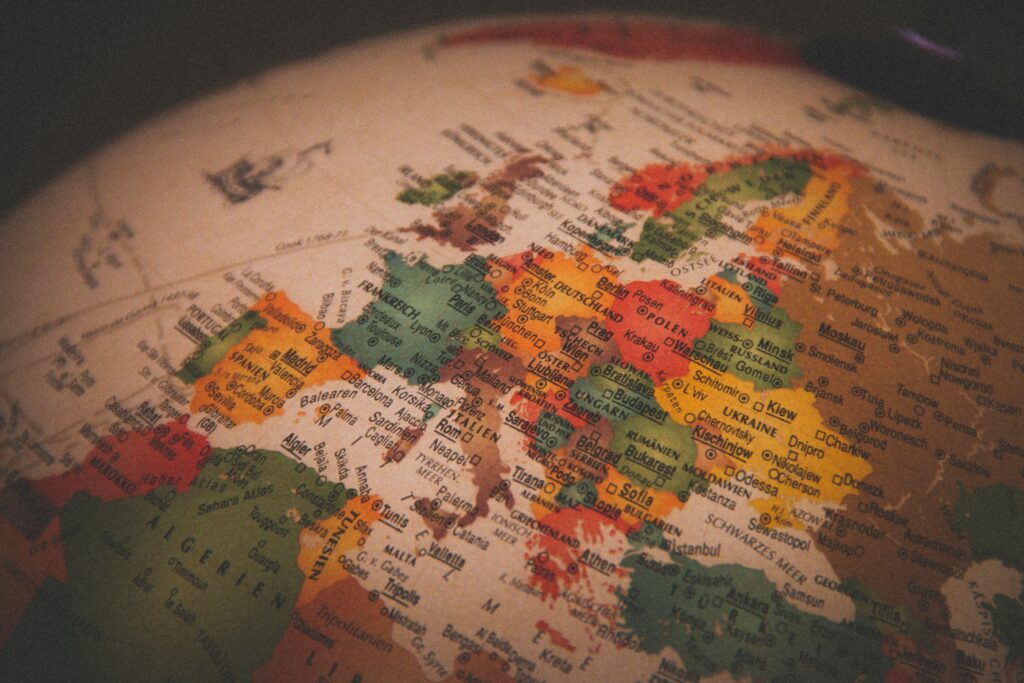In this edition we’ll be discussing the deadliest animals that are found within the continent of Europe. Unlike other continents that we explored together: Europe is the safest one. However, don’t let your guard down because the continent does have some ‘aces’ up its sleeves and does have some frightening animals that are capable of eliminating ecosystems with a single glare. Just joking but there are some animals, let’s just say you wouldn’t want to meet during your time in Europe.
5. Portuguese man o’ war
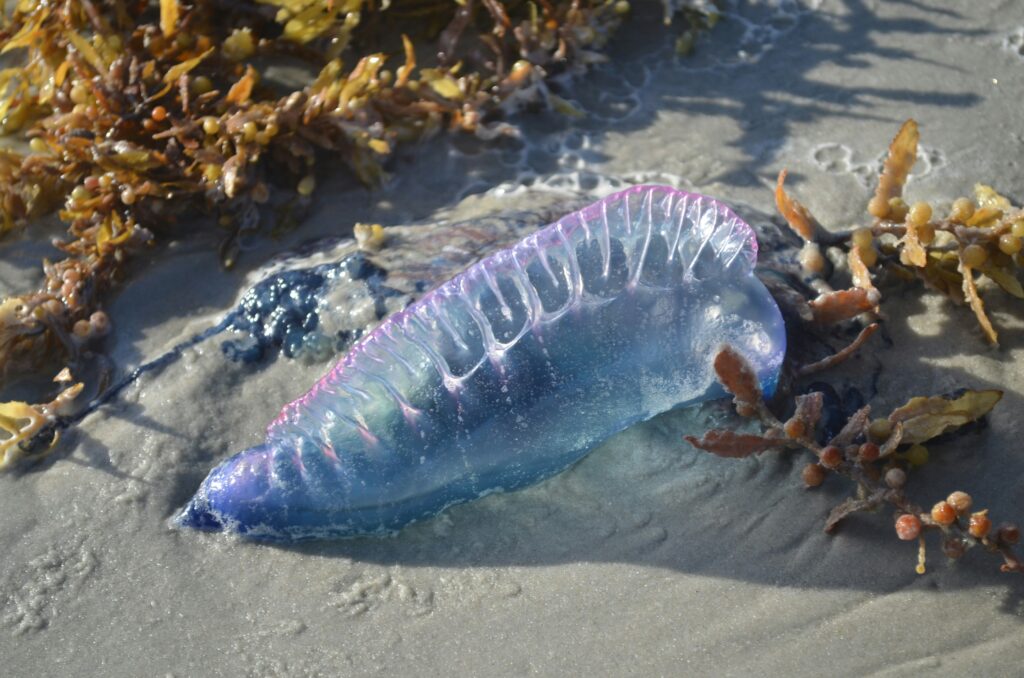
This is the Portuguese man o’ war. Physalia physalis to the scientific bunch who want to know the nomenclature.
From the image shown it’d be totally understandable if you said this is a jellyfish. However, life doesn’t work like that and you are in fact COMPLETELY wrong!
A peculiarity about the man o’ war is,it is a collection of specialised organisms -known as zooids- that give it its structure and composition. Personally, when I think of a jellyfish(which I initially thought this was) I imagined them to be propelling themselves with their tentacles, pushing the water down to swim up. You guessed it, I was wrong. The Portuguese man o’ war is incapable of swimming, instead it relies on water currents to travel across oceans. That just shows how mystic and cryptic this animal really is. You’re probably thinking…’ let me guess the image is cake and not the actual animal’.
Let’s about how it survives. As you can imagine this animal is venomous, that very same venom helps it immobilise prey to then eat it. However, it doesn’t technically eat it. The Portuguese man o’ war digests its prey whilst its still alive. Flipping disgusting. It secretes enzymes to then turn its prey into liquid to be absorbed. FATALITY.
Hope you haven’t frantically clicked the home page after hearing that. What’s makes the Portuguese man o’ war worthy of entering thy tier-list is because of its venom. To begin with, its venom consists of cytotoxins, neurotoxins and other toxins. What these toxins can do is ; lead to damage of the nerves; destroy tissue and disrupt normal heart rate. If you are a fish reading this, watch out it is deadly for you guys. If you are a human being, watch out too. This is because, the sting can be intensely painful and in the worst of scenarios it can cause cardiac arrest and ultimately death.
Overall, Lethality of this animal I rate it 5.8/10, avoid swimming.
4. Wolverine
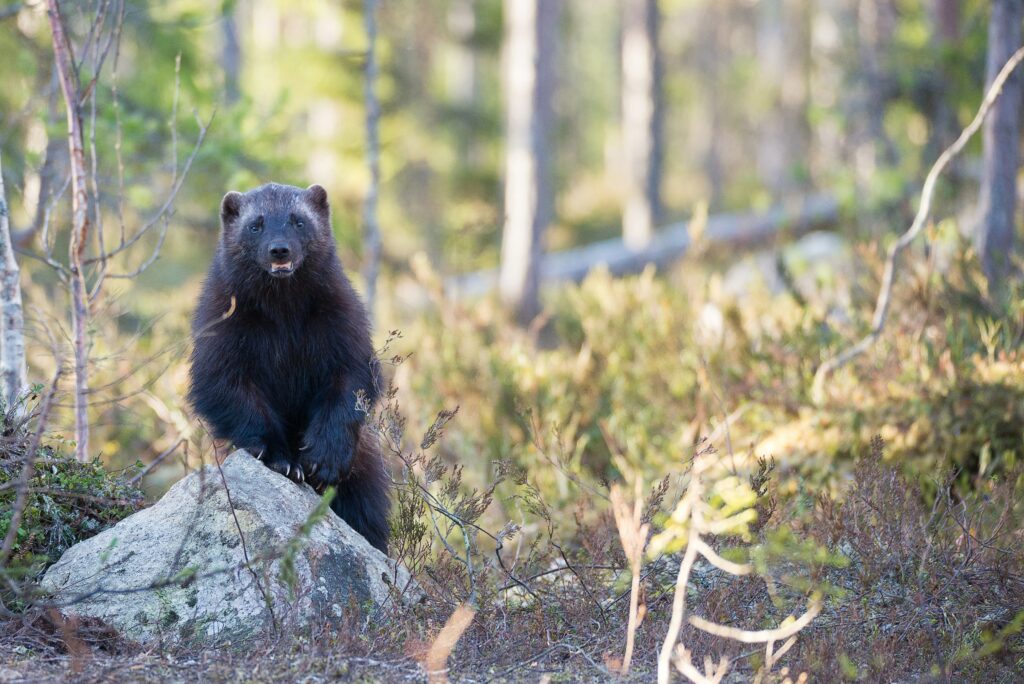
What is seen in this picture is called the Wolverine. Gulo gulo if you’re science savvy. The wolverine must be using some sort of private VPN because even scientists have difficulties finding information about this elusive animal: that’s what they do for a living!
Is it a bird, is it a plane or is it the largest member of the weasel family. Just by purely examining the aesthetics of this animal one could assume that the wolverine may perhaps be related to bears. In all fairness, from this picture it kind of looks like a brown bear cub. However, it’s DNA contrasts this misconception and it instead slaps us in the face and tells us that we’re wrong. Unlike otters, the wolverine prefers solitude and have immeasurable stamina: covering territories of up to 1,500 square kilometres.
Interestingly, this animal does have some features that render it unique. For starters, it has dense, frost-resistant fur allowing it to traverse snowy environments and maintain stable temperatures. Furthermore, many animals are known to release their scent in a specific area to warn off other animals and mark their territory. However, the wolverine does it in a defensive manner as well. Obviously, they are unable to defeat a wolf in a direct confrontation: by spraying their scent on their food it leaves this pungent aroma which as a result deters other predators from eating the food.
Talk about fitness gurus because the wolverine is also capable of traversing more than 20km per day, over all types of uneven terrain. If a wolverine was to ever sell a fitness programme I would never question their credentials just based on this.
You’re thinking, ‘Cool they can walk, stay warm and aren’t great at giving speeches, tell us what makes it DANGEROUS!’. Relax, I got you. Although its bite force hasn’t been directly measured: mainly due to its illusiveness. One clear distinction must be made. Wolverines are capable of hunting prey 3 times their own weight; they possess strong masseter muscles capable of crushing FROZEN bones. Let that sink in.
Lethality 6/10. Dangerous but shouldn’t be a problem for us.
3. Wild Boar
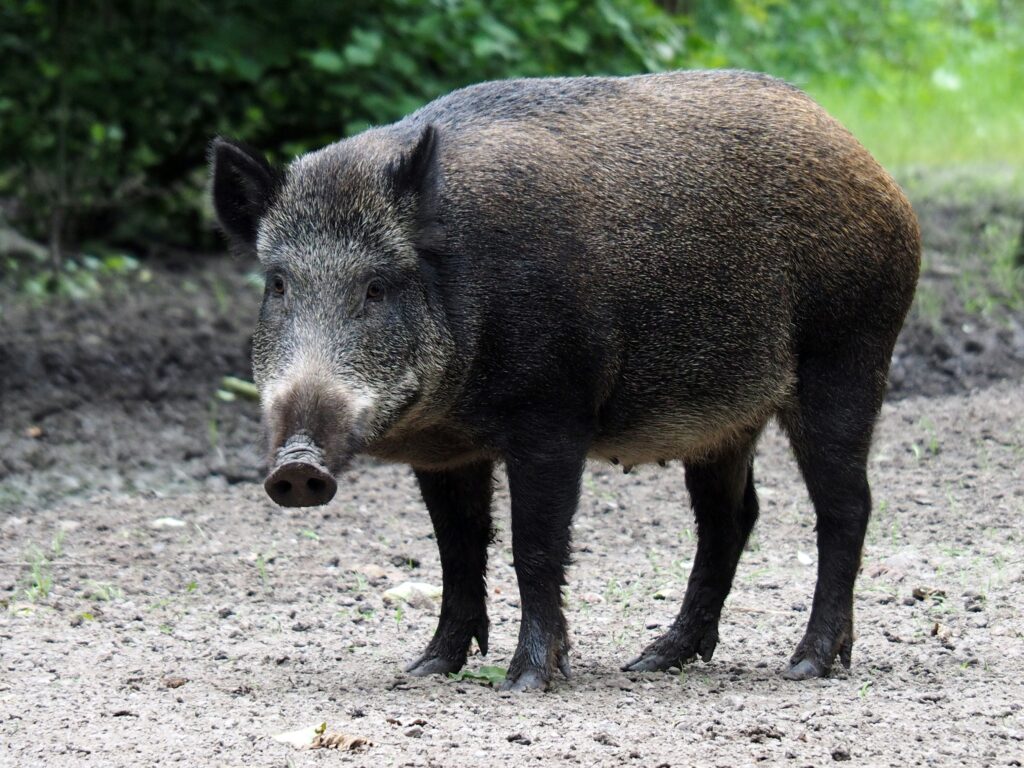
The animal in the picture may be mistaken for a docile and friendly animal. Do not make that fatal error! Encountering this animal on a hike might lead to your day being ruined. Unfortunately for outdoor people, wild boars can be found across most continents and present themselves as invasive species due to their high birth rate.
This is a wild boar, formally known as Sus scrofa. Wild boars typically are more active during the night to avoid detection by predators or humans, however that doesn’t mean that they aren’t seen during the day either. Moreover, do not think that due to their body structure they wouldn’t be able to traverse different terrains. This is because they’re known to be capable swimmers: if you really tick one off don’t expect it not to chase you in water. In addition to this, boars can present themselves as a threat due to their astoundingly heavy mass. Adult boars can range from 40-140 kg. However, some adult males can break the weighing scales and even exceed that.
What everyone is expecting for it to be deadly is its biting force. The biting force of a wild boar equates to approximately 200-300 PSI which is enough to crack open nuts.
What if I told you that its biting force isn’t its main weapon. Wild boars have inbuilt natural spears for tusks that can cause tremendous damage to anyone who opposes them. Data shows that their upper tusk generally range from 7-12cm: the lower tusks range from 15-26 cm. Moreover, they way the tusks biomechanically work is that they constantly grind over each other. Sharpening each other naturally without use of tools like whetstone that we use to sharpen blades. Heck, we have samurai boars before GTA 6.
Just as an example, take a 100kg boar charging at you at 24kmh with those deadly tusks. The force they can generate when they strike you is equal to 6,700 Newtons. To get into the context of it; a football player with say 120kg mass charging at you at 20mph with 4 katanas would still provide less force than a boar.
Lethality 7/10. They aren’t usually after humans but if they are you better start climbing a tree.
2. Mediterranean Black Widow Spider
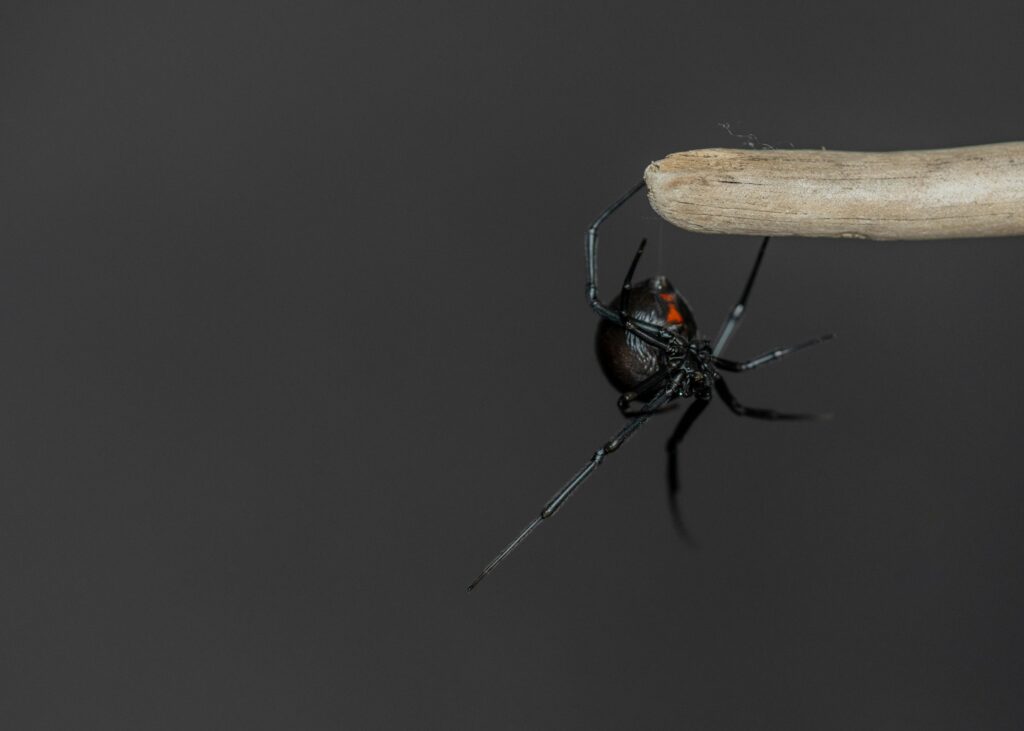
No warning is needed to tell you that is animal isn’t a pet. Having one bite you, won’t make you spiderman either. This is the Mediterranean Black Widow spider, formally known as Latrodectus tredecimguttatus. Unlike the wolverine that has a fairly simple nomenclature: this one is completely unpronounceable. The name is what makes it deadly, those who have tried pronouncing it have recalled fainting and in some cases explosion of the head have been recorded. Just joking you can stop worrying.
In this species, females are seen to genetically have the upper-hand: similar to the hyenas in the Africa edition. Female spiders are much larger than the male species, with data showing that females range from 8-16mm in body length, whereas, males have it ranging between 3-5mm in length. Moreover, longevity is also a key factor. Females can live up to 3 years. On the other hand, males usually survive a couple of months after they reach maturity. To really blow your socks off hear this. After mating with the female, male spiders can succumb to the very female they mated with via cannibalism. I’ve got no words, to any spiders reading this, make sure you use your spidey senses to detect those red flags in those ladies.
What makes the Mediterranean Black Widow spider seal 2nd place in this race, is the weapon that is concealed within its fangs that causes it to be such a formidable contender in this tier-list. According to data, a drop of venom in a black widow spider is approximately 2000-3000 times more venomous than a rattlesnake. Funnily enough, their bites aren’t necessarily fatal for healthy adults. This is because, compared to rattlesnakes which secrete approximately 300mg of venom per bite: black widows secrete about 0.1 mg . Don’t be fooled though. Their venom is packed with neurotoxins that cause disruption in nerve signals resulting in intense muscle spasms and pain which can spread to unbitten parts of the body.
Lethality 7.5/10, if left untreated it can cause a fatality, better to always check those dusty places in case they might be there. There’s one right…BEHIND YOU!
1. Great White Shark
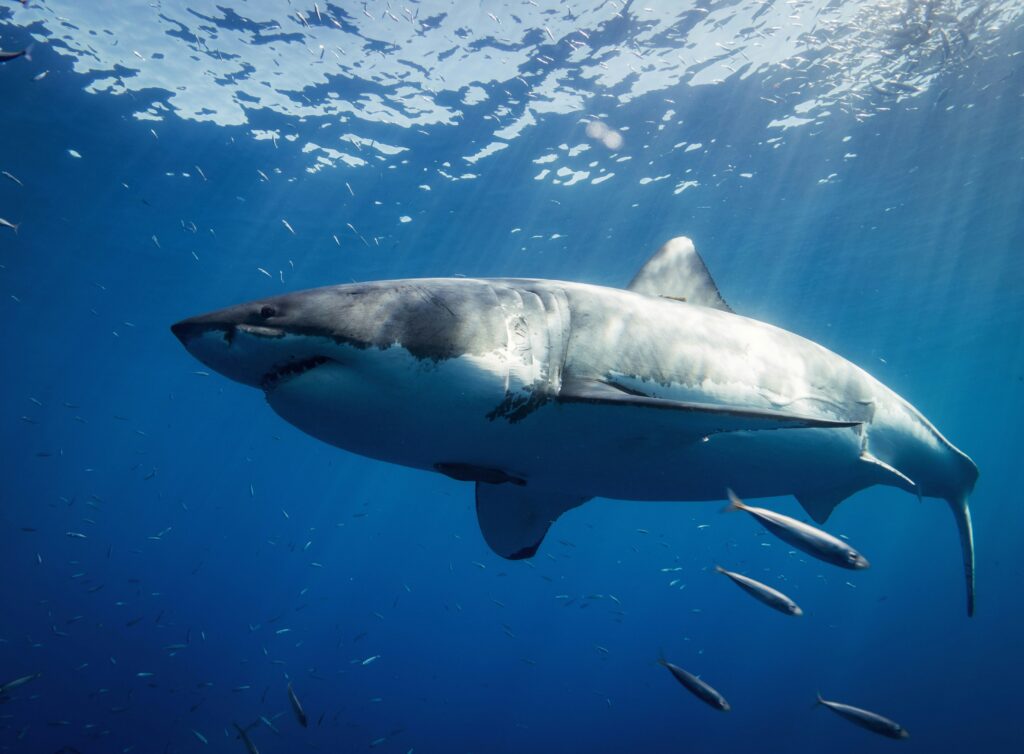
Here we are, the grand finale showcasing the deadliest and most dangerous animal of them all. May I say, this animal deserves no introduction but to those unaware of what this is, let me enlighten you. This is the Great White Shark. Its nomenclature is Carcharodon carcharias. This animal gave every kid nightmares when swimming in public (or private if you’re posh) swimming pools. To this day I still believe that there may be a well camouflaged shark in the pools waiting for someone to make a mistake: I don’t swim in deep waters in the sea, the shark from the pool may have followed me to the sea, you never know.
The Great White Shark is part of the shark family. A peculiarity of sharks are that they are essentially, living dinosaurs. Data shows that they have existed on earth for approximately 400 million years. Prehistoric fish roaming our seas all this time. Moreover, they are born assassins. Whilst in the mother’s womb, the offsprings are actively trying to devour their siblings in a process called oophagy. They do this to gain an upper advantage on their other siblings which in this scenario aren’t family but competition that needs to be removed. Once out of the mother’s womb the offsprings quickly evade and disappear into the vast ocean fully equipped to sustain themselves. Shockingly, the sharks that have managed to survive in the womb have to rapidly part from their mother as they might succumb to her and get eaten.Talk about having a bad day at the office.
What makes Great Whites really terrifying are the various innate characteristics they have that make them formidable predators. For starters, they are able to camouflage into their surroundings. This is called countershading camouflage. This happens thanks to the light colouration on the belly blending in with the light from a below perspective: dark back to blend in with the dark waters from an above perspective. Following on, their preferred method of hunting is attacking from below. To allow you to better understand what that means here is some data. Great whites can swim up to 25mph; average female adult weighing up to 1000kg; Look barely invisible due to their camouflaging; they have dermal denticles scales which reduce drag when swimming. Just imagine what that impact would be. By sheer force that is enough to kill the sharks prey without considering bite or anything.
Let’s address the elephant seal in the room. See what I did there. To really frighten you here’s comes the trademark of what sharks are. Great whites have approximately 5-7 rows of teeth with 300 actively using when preying. Each tooth is serrated, sharp with measurements showing that a tooth from the upper jaw can reach length of 7cm. Moreover, the teeth that we previously discussed are constantly being replaced by the other rows of teeth; in a lifetime a great white could lose hundreds if not thousands of teeth. The cherry on the cake is its bite force. A bite can measure up to 4,000 psi. No I did not sleep whilst typing the zeros, this is real. That’s more than the saltwater crocodile which we discussed in our Africa edition,and that’s one animal I’d be petrified to encounter.
Lethality 10/10, You know the saying that goes ” the world is gonna eat you up and spit you out”. Not sure a great white would spit you out if it wanted to eat you.
Grand finale
We have reached the end of this series, this list has left me so scared that I think I have to check if I haven’t completely stained my pants. Check out the other continents and see if your brave enough to endure all of them and let me know if you do. Anyway, make sure to leave a comment in our contact page to tell us what you want us to cover next. Bear out.
By following these simple tips, you will always know what to expect, where your passport is at all times, how much money you’re spending on flights and accommodations (and when), and most importantly, that you are ready in case of emergency.
What are some of your own best traveling hacks? Share them with us below!
